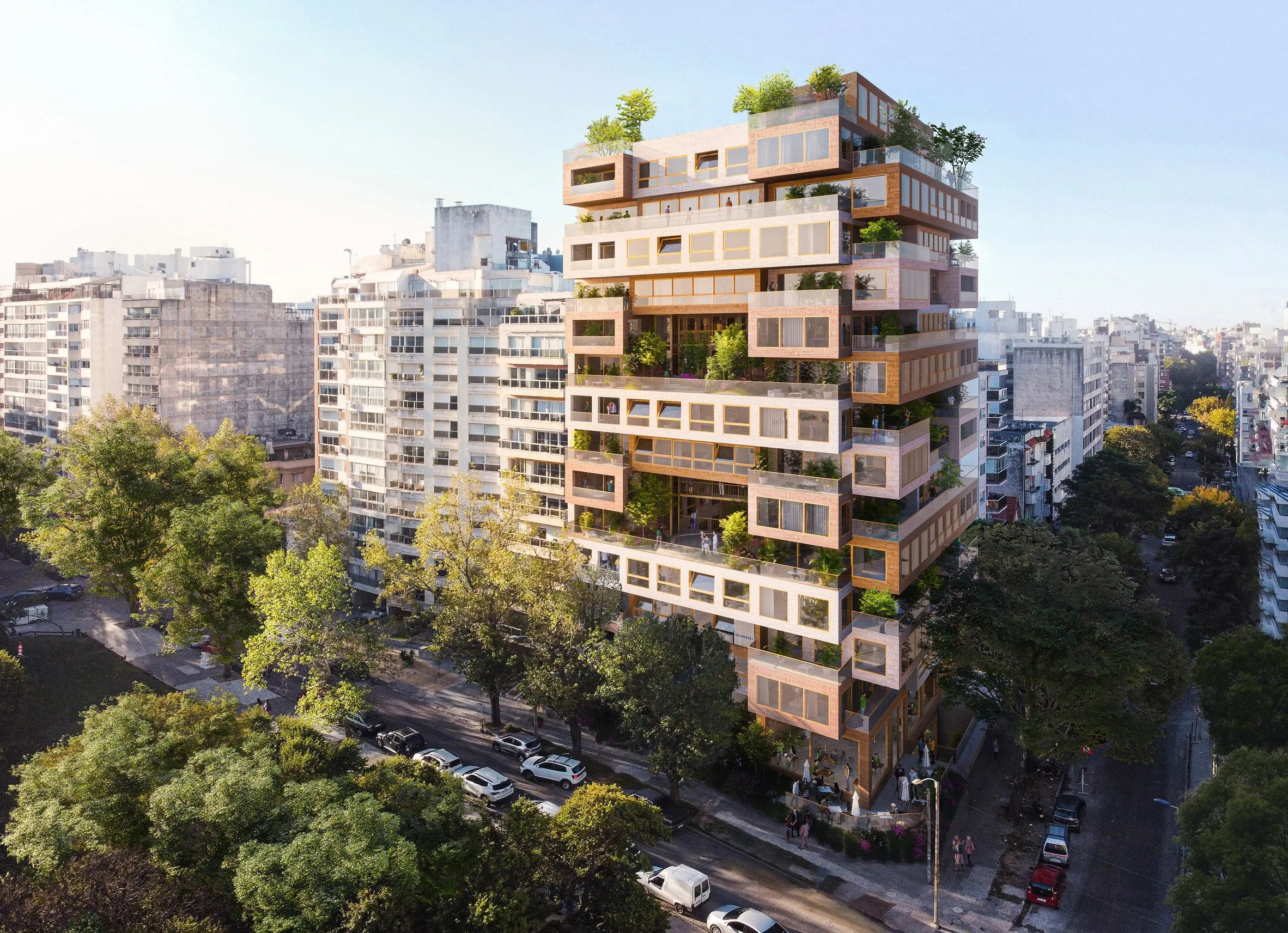Housing costs in Latin America are rising, with Montevideo, Ciudad de México, Monterrey, and Santiago having the highest square meter rates.
The Finance Research Center’s recent findings up to March indicate diverse economic factors influencing these trends.
Data from the Real Estate Survey of Latin America reveal a 3.1% increase in USD terms and a 1.6% rise adjusted for US inflation.
In contrast, a 6.6% decrease was noted in local currencies adjusted for inflation, reflecting varied economic conditions across the region.
Housing data was collected from Grupo QuintoAndar’s ads, targeting neighborhoods popular among young professionals.

Properties varied from 20 to 100 square meters, priced between $10,000 and $300,000, offering a snapshot of accessible markets.
Significant hikes were seen in cities like Santiago (8.3%), Monterrey (8.2%), and Córdoba (6.1%).
Conversely, Río de Janeiro and Lima recorded declines of 1.7% and 1.5%, respectively.
In local real terms, Santiago and São Paulo experienced notable increases of 15.8% and 4.1%, emphasizing the economic dynamics affecting these areas.
These fluctuations underscore the dual role of residential properties in the region:
- Essential living spaces and long-term investment vehicles for the middle and upper-middle classes.
- Inflation and interest rate changes further challenge housing affordability and accessibility.
Knight Frank’s 2023 report noted a 3.9% rise in housing prices due to shortages and delayed new housing.
This trend may persist into 2024, despite possible interest rate changes, emphasizing ongoing global housing issues.
The overview reflects the resilience and challenges in Latin America’s housing market, influenced by local and global economic trends.
The continuous price changes reflect the intricate balance of market supply, demand, and economic health in the region.

